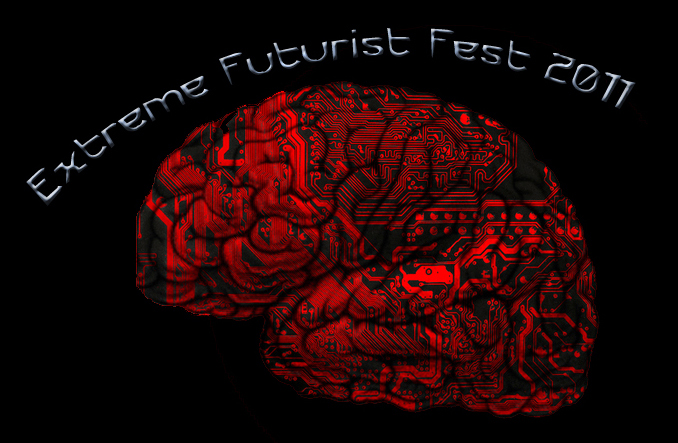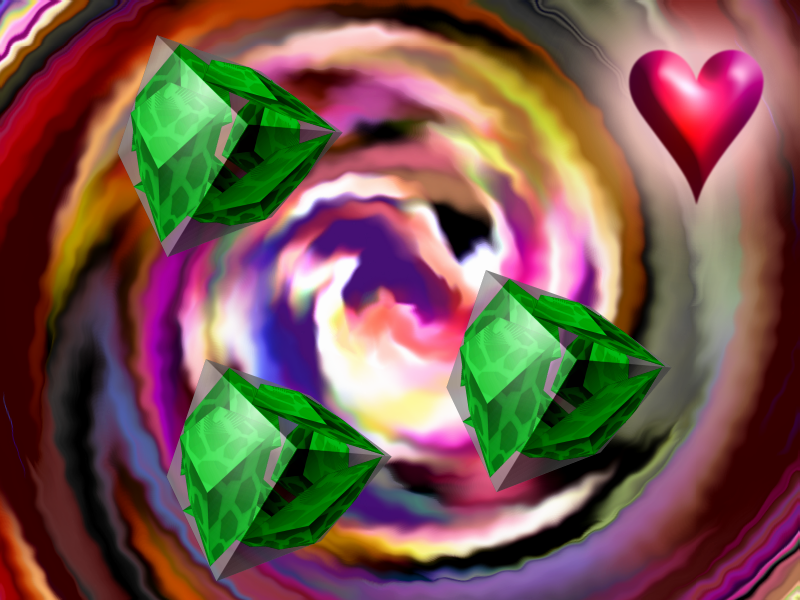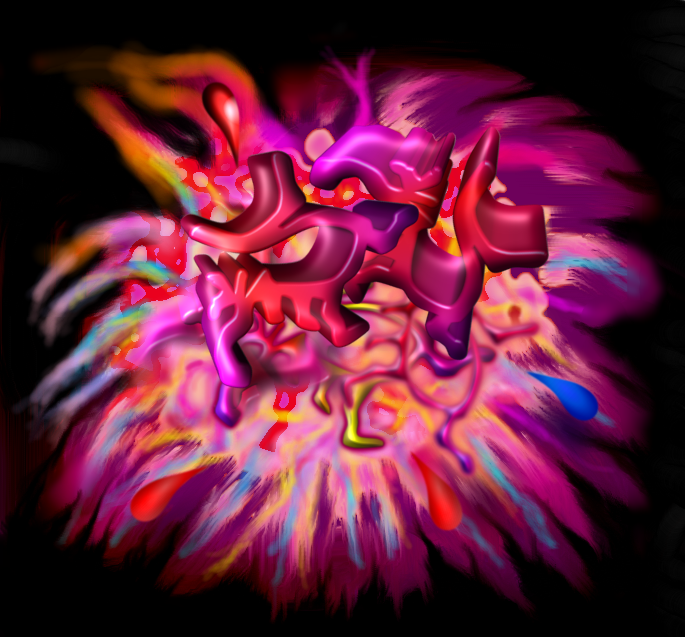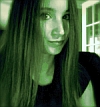Podcast: Play in new window | Download | Embed
Subscribe: RSS

A couple of months ago I interviewed Rachel Haywire for Singularity 1 on 1. I had some difficulties in posting this interview but, since those were eventually resolved, better late than never…
Rachel Haywire is a multi-media artist and writer currently residing in Los Angeles, California. She is the founder of The Human 2.0 Council which is a Transhumanist network of artists and students on the edge of society and media.
Known for bridging the gap between the counterculture and academia she founded the Extreme Futurist Festival which is a 2-day entertainment and tech convention focusing on radical performers and voices of the new evolution.
Rachel is known as an “antisocial media coach” and is considered a leading voice in digital media. She is credited for bringing DIY Transhumanism into the mainstream.
I have to admit that I worked for 10 hours before my interview with Rachel and was totally wasted by the time we started. Thus I began our conversation a bit low on energy but was quickly energized by her willingness to share frankly some of her very personal struggles and limitations.
In addition, during the interview, we discuss issues such as: what does it mean to be “anti-social media coach”‘; how Rachel got interested in transhumanism and issues surrounding the technological singularity; the difference between transhumanism and cyber-punk; being an extreme futurist and organizing the Extreme Future Fest; the early Italian futurists such as Marinetti and their fascist inclinations; women in transhumanism; DIY synthetic biology, human enhancement, and bio-hacking; the risks of early adopters; flying as the ultimate freedom; Rachel’s appreciation for ballet and love of dance in general; neuro-diversity; artificial intelligence and others.
My favorite quote from Rachel (apart from the title) is:
Just because you are smart, it doesn’t mean that you can’t be cultured. And just because you are cultured it doesn’t mean that you can’t be smart. There is intelligence and there is artistic merit, and those two things should, can, and do exist at the same time.
As always you can listen to or download the audio file above or scroll down and watch the video interview in full. To show your support you can write a review on iTunes, make a direct donation or become a patron on Patreon.
Extreme Future Fest Opening: Rachel Haywire and Michael Anissimov
Related articles
- Visual Culture and Transhumanism
- The Complete 2011 Singularity Summit Video Collection
- Extreme Futurist Festival (acceleratingfuture.com)










 Nikki Olson is a writer/researcher working on an upcoming book about the Singularity with Dr. Kim Solez, as well as relevant educational material for the Lifeboat Foundation. She has a background in philosophy and sociology, and has been involved extensively in Singularity research for 3 years. You can reach Nikki via email at
Nikki Olson is a writer/researcher working on an upcoming book about the Singularity with Dr. Kim Solez, as well as relevant educational material for the Lifeboat Foundation. She has a background in philosophy and sociology, and has been involved extensively in Singularity research for 3 years. You can reach Nikki via email at